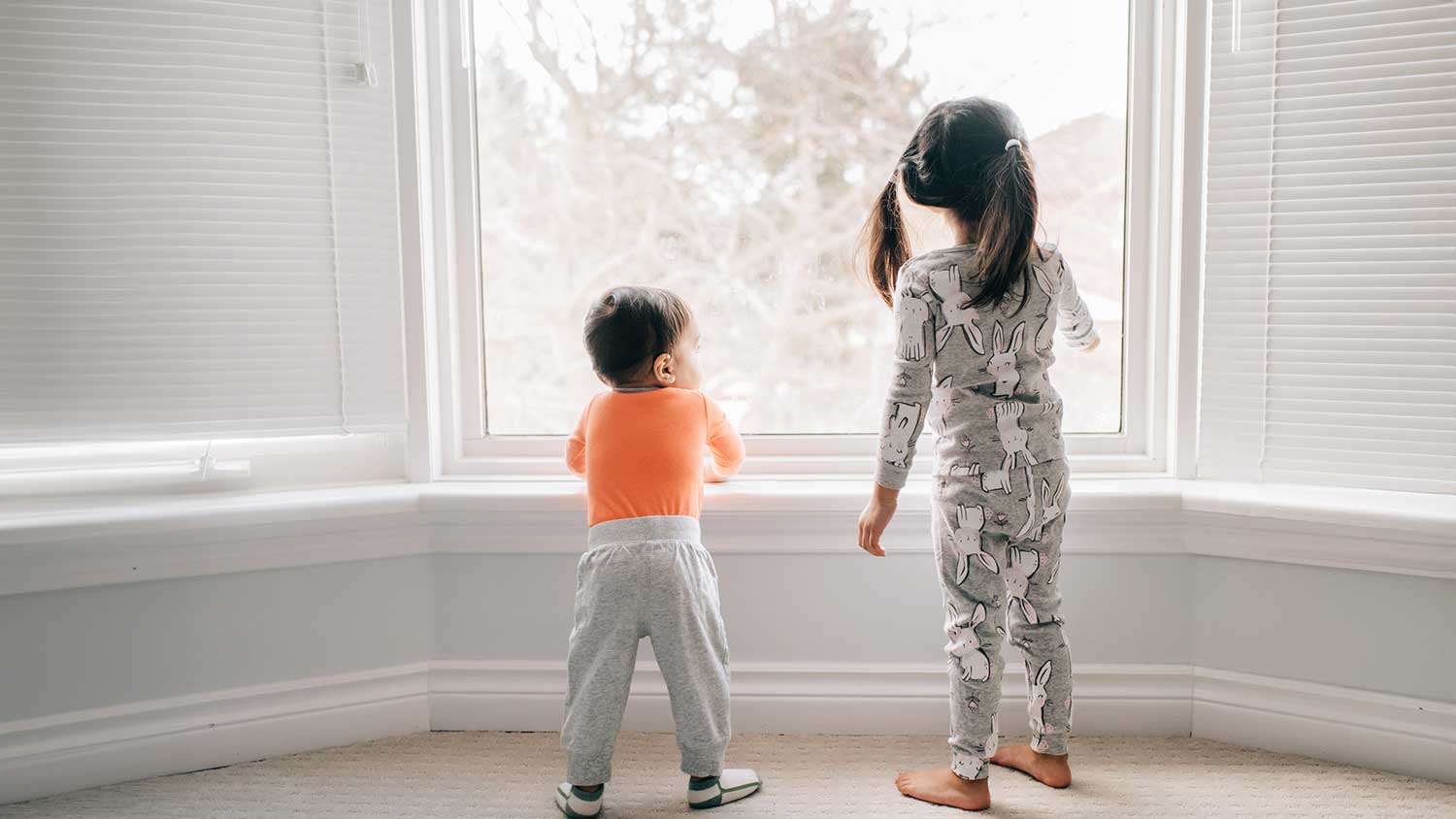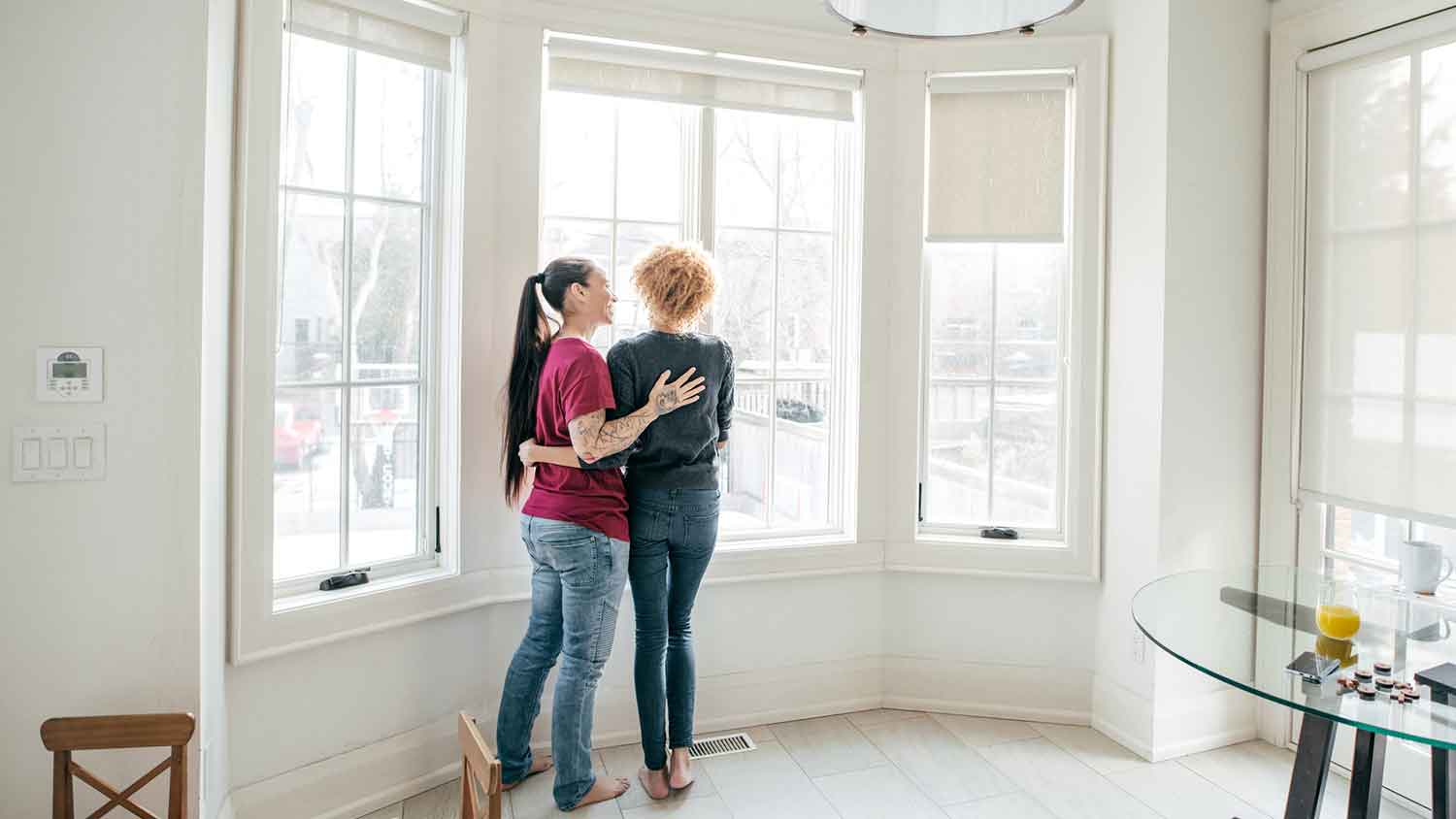How Long Do Skylights Last?
Let’s shed some light on the lifespan of a skylight
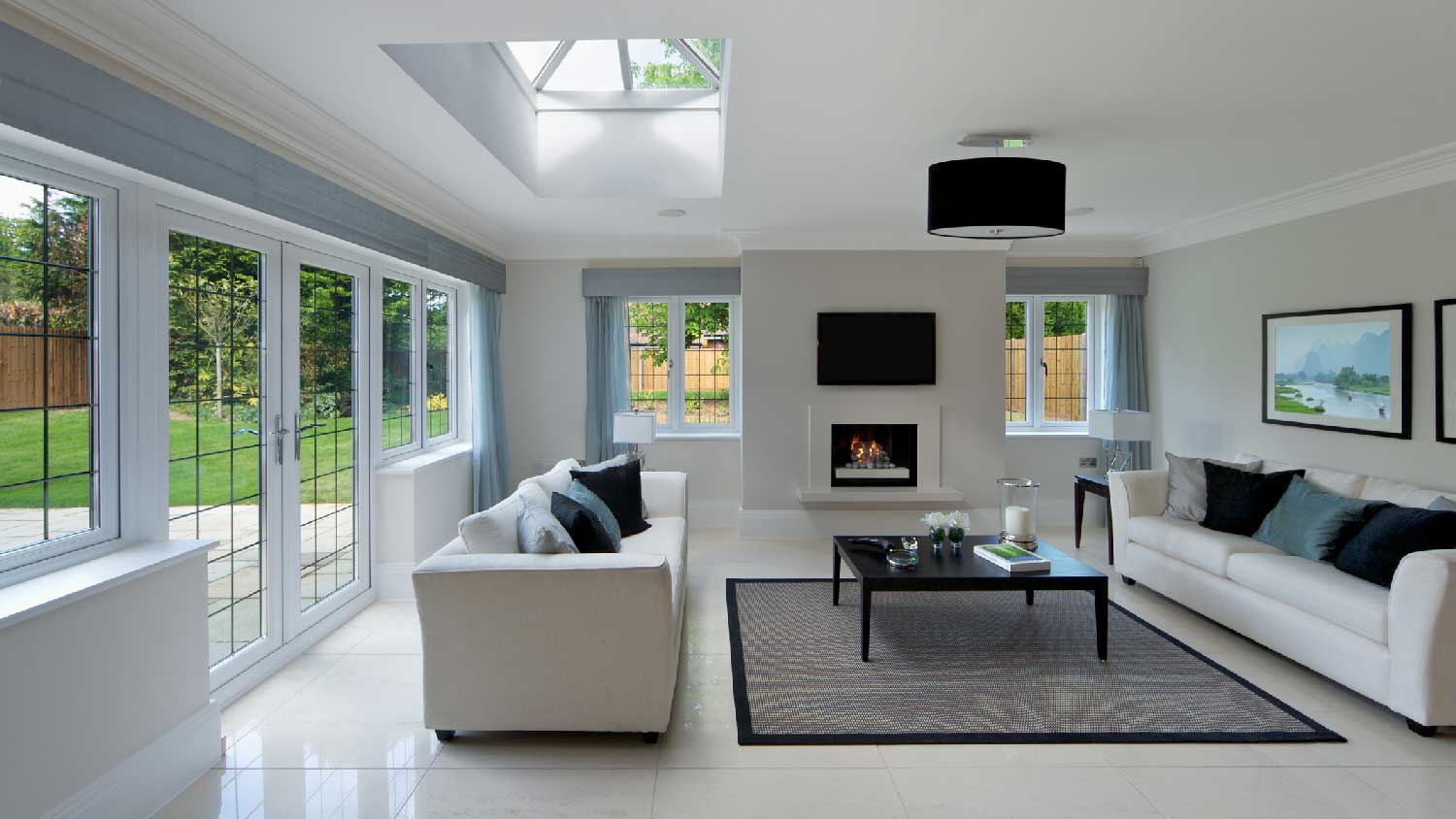

While sunlight and gorgeous views are forever, skylights in your home actually have an expiration date. How long do skylights last? Here's a look at the factors that affect their lifespan and signs it’s time to replace them.
How Long Do Skylights Last?
On average, skylights last 10 to 30 years. While getting decades out of a high-quality, properly installed skylight is common, you could see telltale signs of trouble in less than a decade with low-quality skylight installation.
Factors Influencing How Long Skylights Lasts
Several factors can impact how long different types of skylights last.
Climate
A skylight's exposure to weather can dramatically age it. In climates where heavy rain, strong winds, hail, and snow are common, skylights undergo far more wear and tear that can reduce lifespan. Additionally, extreme temperature fluctuations can put more pressure on a skylight's glass.
Installation
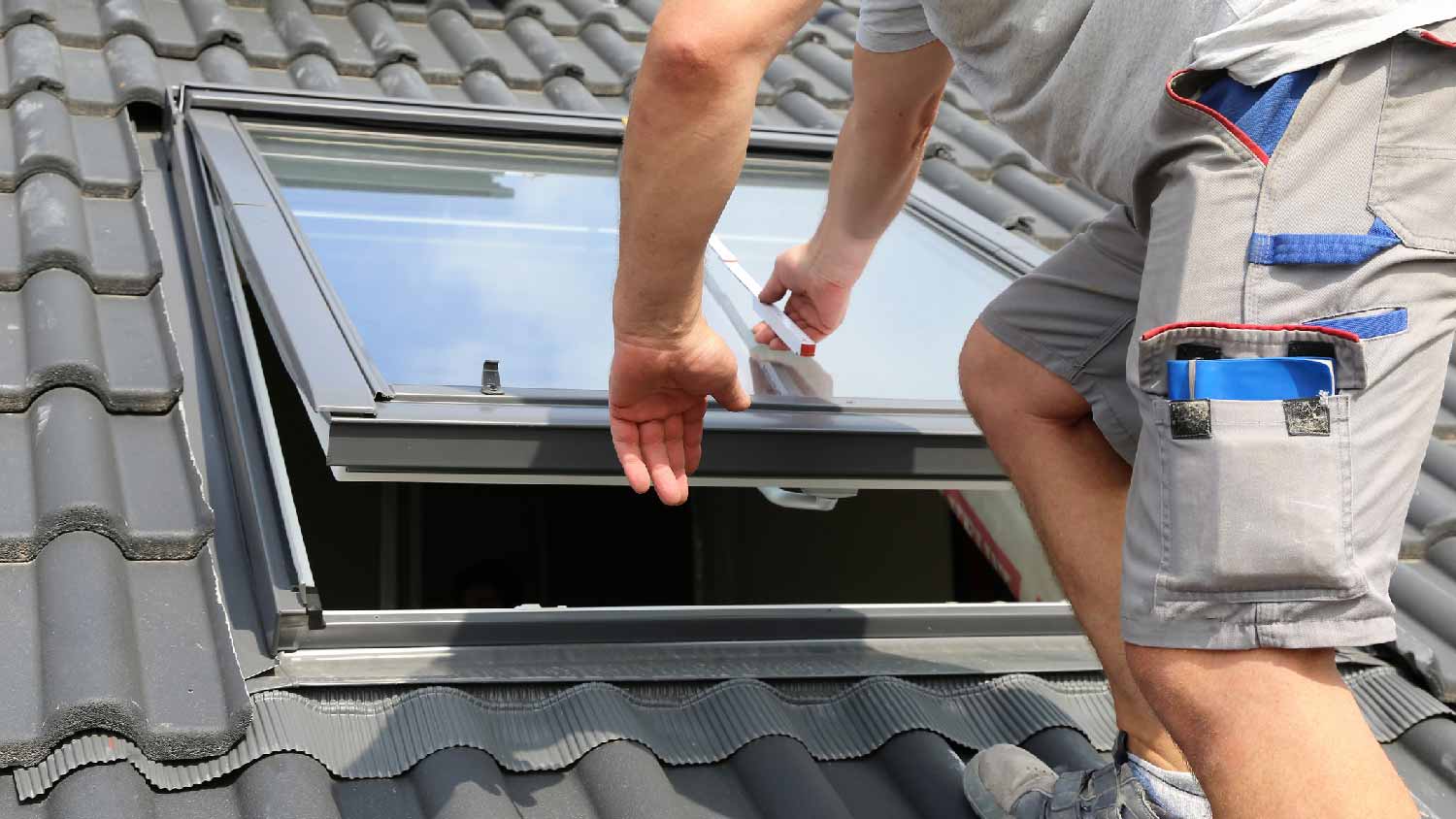
Rushed or low-quality installation can leave a skylight more vulnerable to water damage. Failing to properly insulate and ventilate around a skylight can also make a roof more vulnerable to leaks and water damage.
Maintenance
Regularly cleaning and inspecting your skylights can help you to catch issues early and prevent buildup from weighing down the glass. It's important to clean skylights thoroughly at least one to two times a year using soapy water. Any debris around the skylight's flashing should also be swept away or vacuumed out once per season.
Signs It's Time to Replace Skylights
The general rule is that you should replace your skylights whenever you get a new roof. The process of tearing off old roofing can damage skylights. Here are some other scenarios where skylights should be updated.
Cracking
Is there visible cracking in the skylight glass? Cracking indicates that your skylight has lost its structural integrity. Replacement should happen as soon as possible, because a cracked skylight could shatter the next time your home sees heavy rain or wind.
Staining
Staining around a skylight indicates a leak, which means the skylight is faulty. In general, stains show up in the ceiling or drywall surrounding a skylight. While yellow stains indicate an early leak, brown or black stains indicate that your skylight has been failing for quite some time.
Age
If your skylight is older than 20 years, it's time to consider a replacement. While it can be hard to pay to replace a skylight that's technically functioning, holding on to a skylight for too long can lead to much more expensive roof repairs down the road.
How to Maintain Skylights
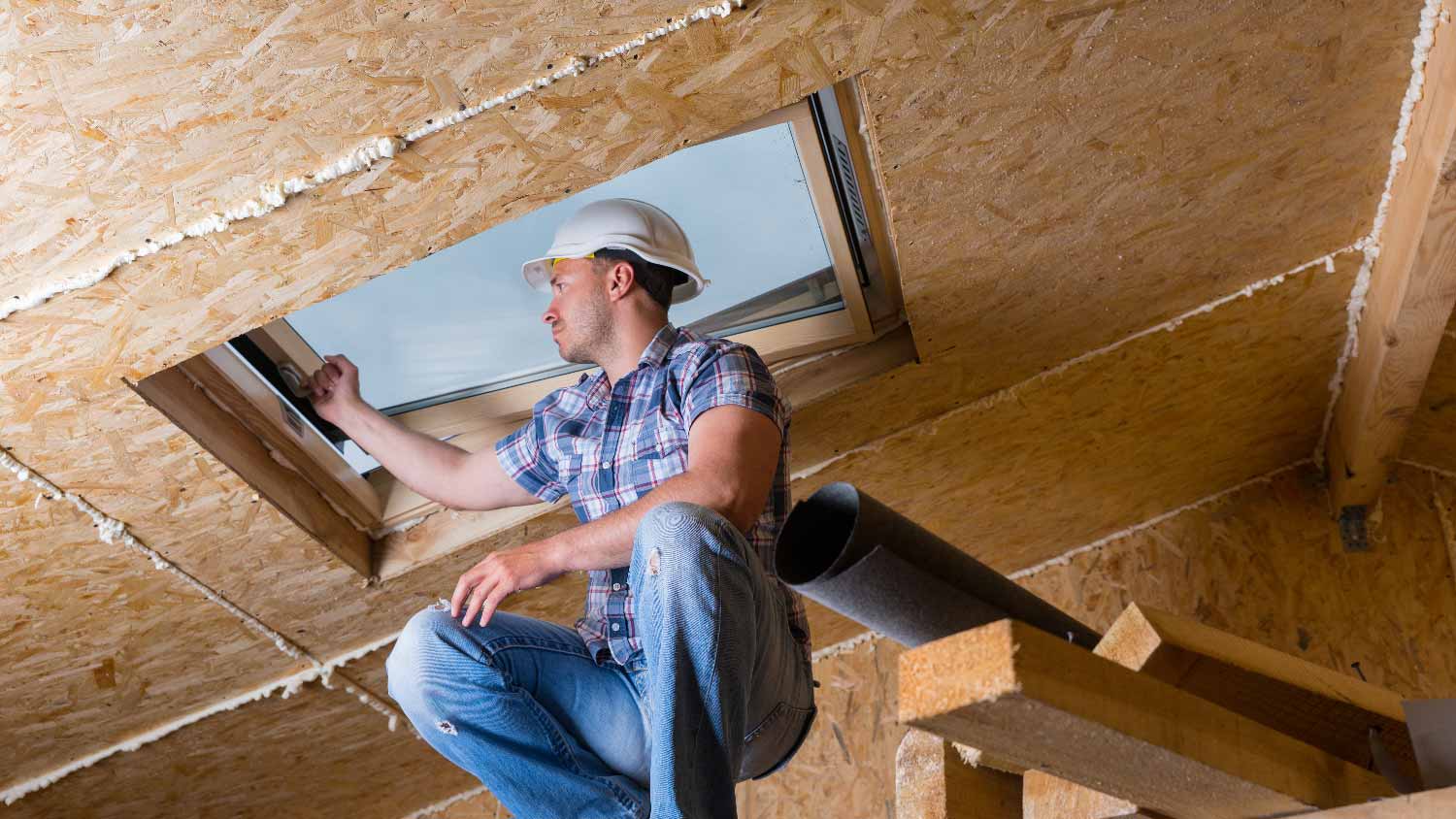
Here are some tips for keeping your skylights in tip top shape:
Check for leaks and signs of water pooling near the skylight.
Check that the sealant is intact. Visible condensation on a skylight is a sign of improper sealing.
Look for any signs of rust or rot that indicate that your skylight is deteriorating.
Check for cracking in the skylight's frame or flashing.
If your home has skylights that open and close, frequent use of either manual or motorized mechanisms can cause them to wear out. Hinges and closing mechanisms should be lubricated at least once a year.
Troubleshooting Tips for Skylights
There are some common skylight issues that you may be able to fix on your own. See if any of these issues could be to blame for skylight troubles:
Look for obstructions: If you're having trouble opening or closing your skylight, check from the roof side for twigs, debris, or animal nests that could be obstructing it.
Check the attic's ventilation: If you see fog or droplets of condensation on your skylight, it may not be an issue with the window itself. Confirm that your attic provides proper ventilation and a moisture barrier.
Check the flashing: While leaking usually indicates that it's time to replace your skylight, updating worn or improperly installed flashing may solve the problem.
Warranties for Skylights
One of the reasons why it’s wise to have a skylight installed or replaced by a professional skylight installer near you is that professionals typically offer workmanship warranties. This can protect you against issues with flashing, sealants, and other installation-related problems. In addition, most manufacturer warranties covering glass and hardware for skylights last up to 10 years.
Repairing vs. Replacing Skylights
Whether to repair or replace a skylight depends on the extent of the damage. Small leaks, cracks, or discoloration may be repairable, but significant leaking or cracking indicate that a skylight has reached the end of its lifespan and should be replaced.
Frequently Asked Questions
Do skylights add value to a home? In general, skylights are considered desirable because they make a room feel brighter and airier. By introducing natural light into a space, homeowners can also potentially reduce energy bills. However, homeowners should keep in mind that the averageskylight installation costs $1,500.
When planning out skylights and deciding how big they should be, it's important to look at the dimensions of the interior space. In addition to changing a room aesthetically, skylights influence the illumination and temperature of the space below. The U.S. Department of Energy recommends that a skylight’s size should never be more than 5% of the floor area in rooms with many windows.



